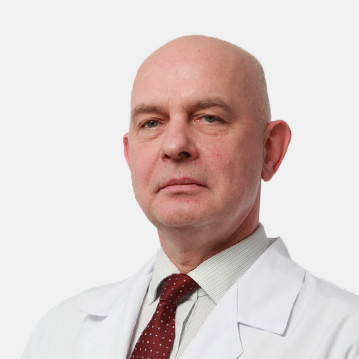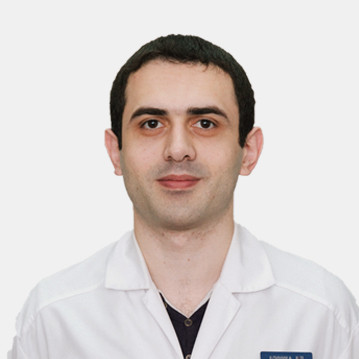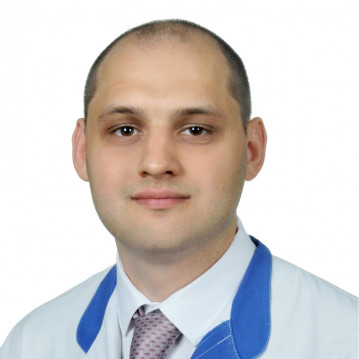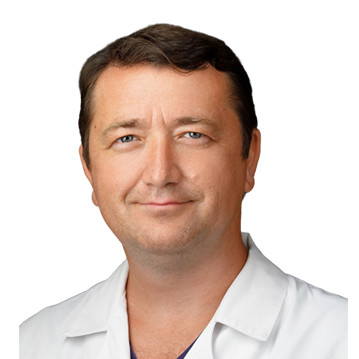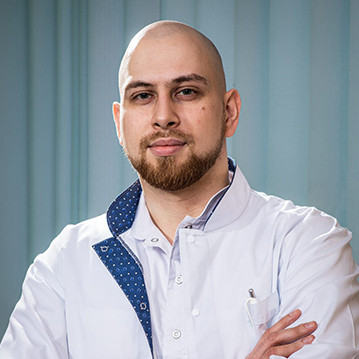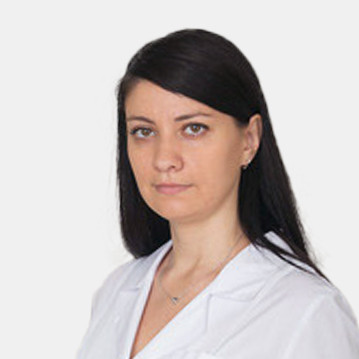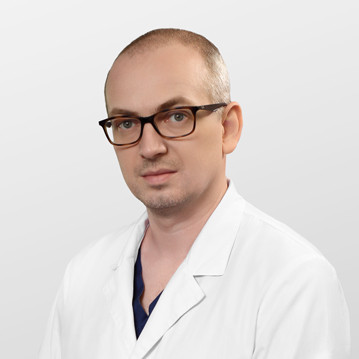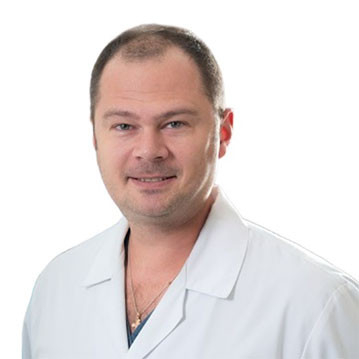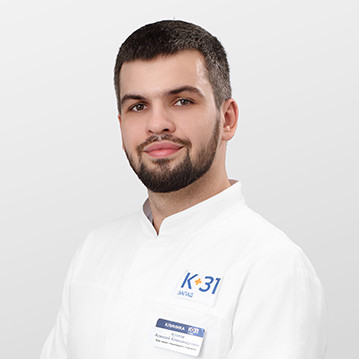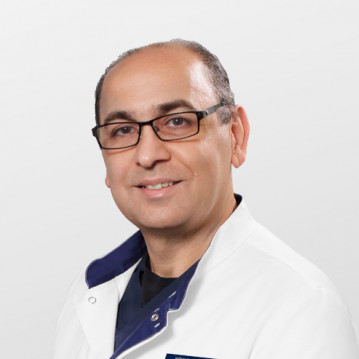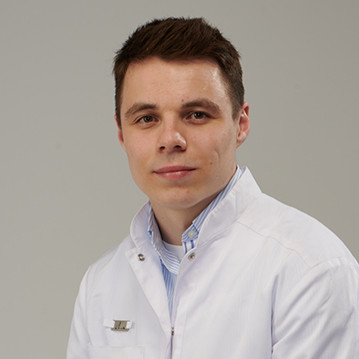Interventional radiological support for surgical operations allows the doctor to get a "picture" in real time, which increases the accuracy and speed of manipulation. This is important when counting for minutes and you need filigree accuracy.
- For patients with neurosurgery, endovascular, vascular, cardiac surgery, the use of interventional methods is an increase in the chances of survival and the possibility of full recovery in severe cases.
- Patients of oncology, traumatology, gynecology, endocrinology, hepatology, gastroenterology and other areas where interventional radiology methods can be used reduce the risks of surgical operations due to their low invasiveness and high accuracy, shortening the recovery time and improving the quality of life during and after treatment him.
The use of interventional radiology allows you to:
- With minimal risks for the patient, perform interventions to eliminate blockage of blood vessels and restore blood flow, perform operations to restore the walls of arteries and blood vessels (embolization of arteries, clipping aneurysms and treatment of many other pathologies).
- Perform diagnostic manipulations and install the necessary medical prostheses, port systems with high accuracy, apply stomas; carry out catheterization for intravenous nutrition, dialysis, chemotherapy, deliver drugs to the necessary organs and cavities without traumatic surgical interventions.
- Perform operations in areas of the human body that are difficult to access for conventional surgery.
- Carry out diagnostic punctures and biopsies, identify vascular channels involved in the nutrition of malignant neoplasms.
Interventional radiology as a method of supporting diagnostic and surgical procedures can be used according to indications in any field of surgery, as a set of treatment measures for any disease.
In the K + 31 clinic, all the possibilities of interventional radiology are widely used.
Some types of pathologies in the treatment of which interventional radiology is used:
Endovascular / vascular surgery: atherosclerosis obliterans of lower limb arteries; aneurysms of the vascular system; Lerish’s syndrome - damage to atherosclerotic plaques of the main iliac arteries, which are the main highways of the lower extremities, which leads to limb ischemia; thromboembolism of pulmonary or peripheral arteries, vasorenal hypertension; obliterating endarteritis (progressive narrowing of the lumen of the arteries); deep vein thrombosis. Arteriovenous malformations - anomalies in the development of blood vessels, characterized by congestion (club), leading to impaired blood flow, as a result - increased intravascular pressure, increased vein diameter, proliferation of tangles, increased load on the heart, impaired brain nutrition.
Emergency endovascular surgery: the elimination of extensive bleeding, damage to the great vessels.
Cardiology: coronary heart disease; acute myocardial infarction; stenosis of the valves of the heart and blood vessels; postinfarction cardiosclerosis; heart defects and insufficiency; post-infarction aneurysms, angina pectoris.
Diagnosis of the presence of benign and malignant tumors; their treatment.
Neurosurgery: strokes - hemorrhagic and ischemic.


